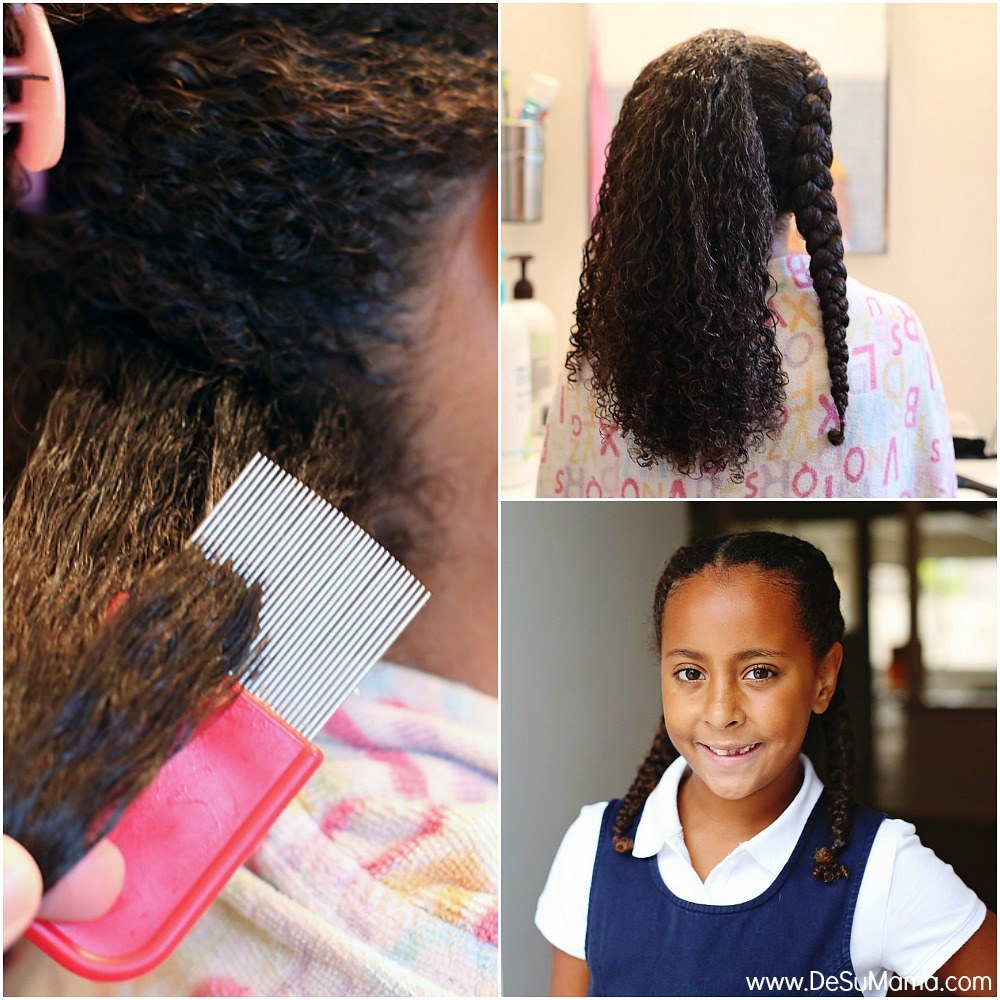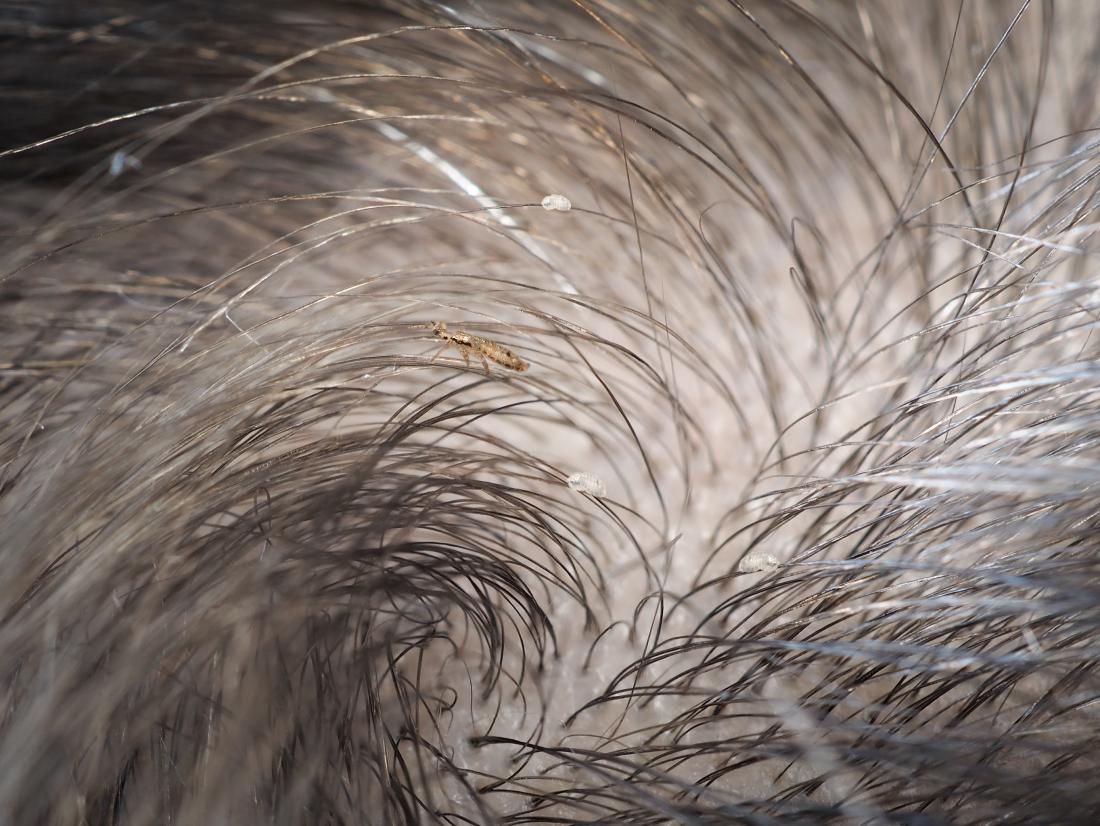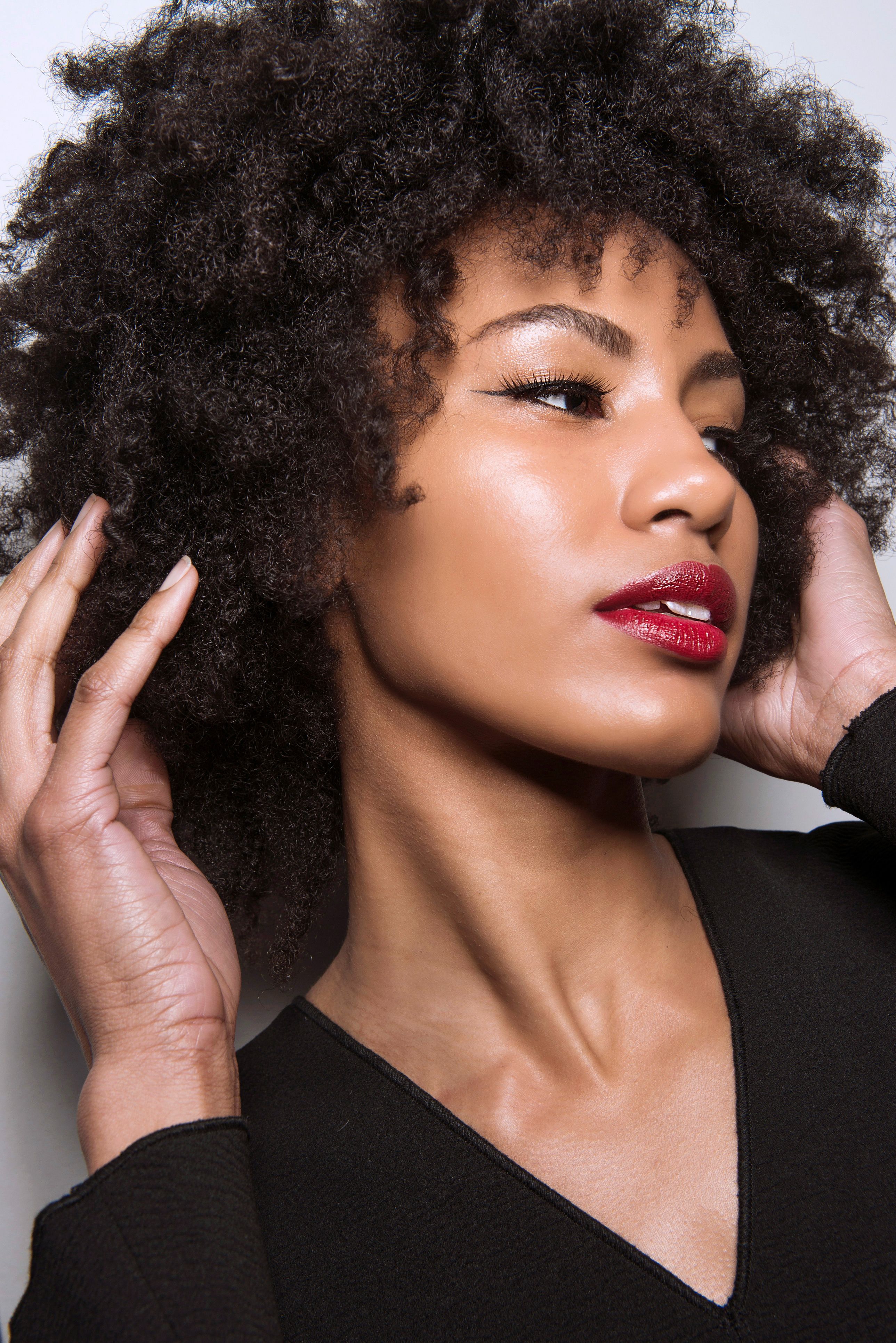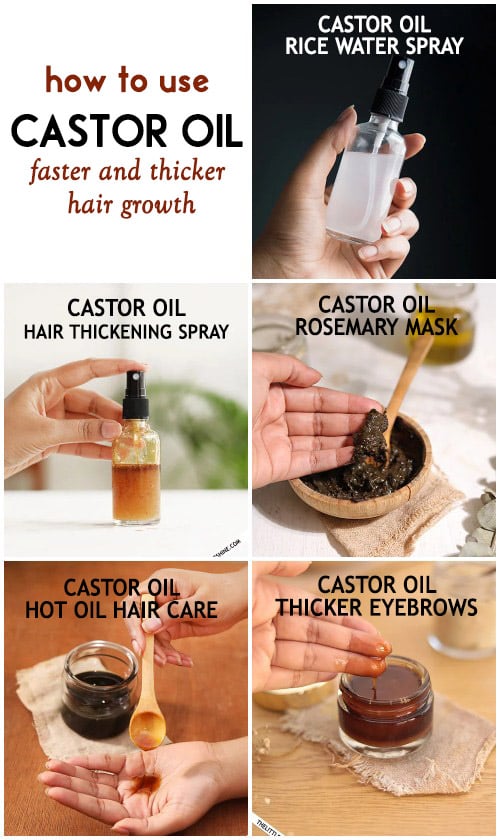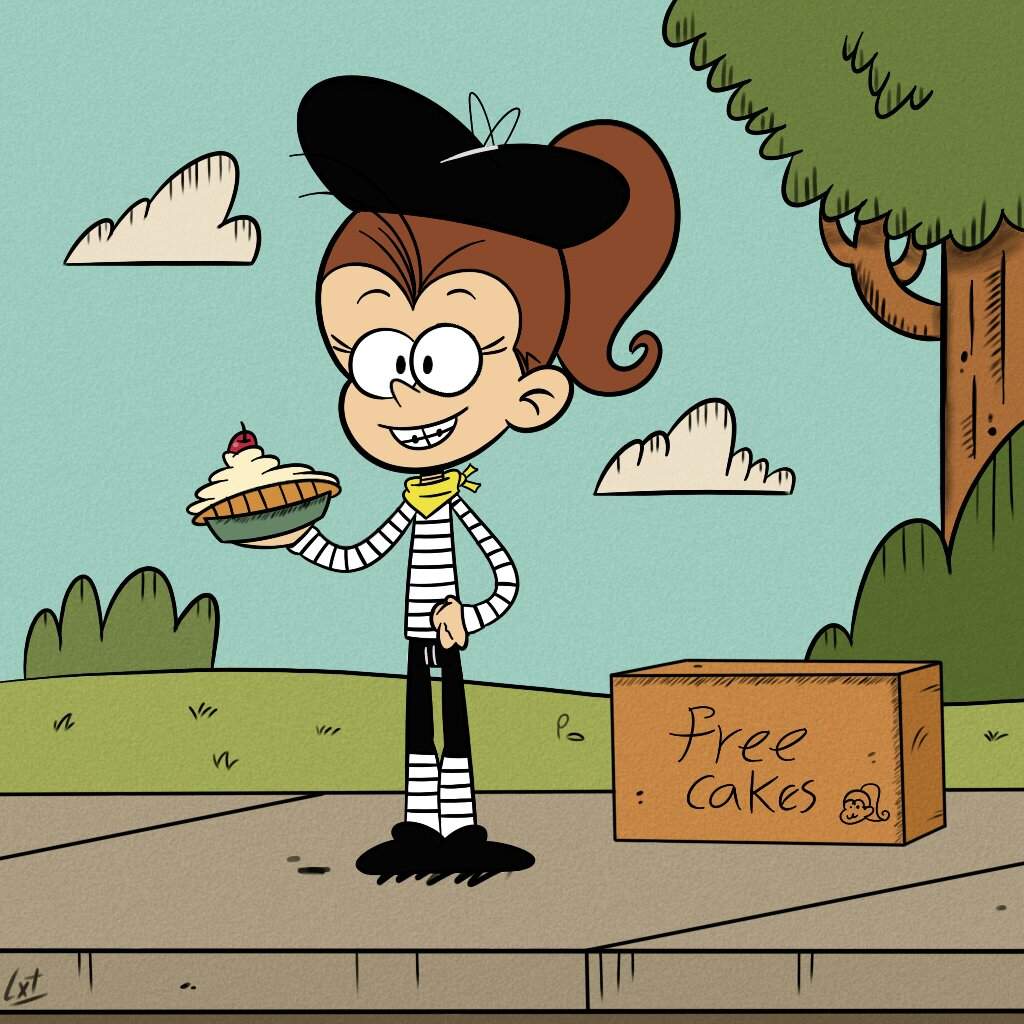Table Of Content

Side effects include itchy skin, eye irritation (if the medicine gets in an eye), and a burning sensation on the skin. If all this seems like too much trouble, another treatment option is to shave the scalp bald. Watch this video for dermatologists' tips to check for and treat lice. Frequent itching can break the skin on your head, which can lead to an infection. Home remedies like olive oil, tea tree oil, and coconut oil may work for some people, but evidence to support their use is mostly anecdotal.
#3 – Lice Eggs are Most Often Found in the “Hot Spots”
Fully grown adults are roughly the size and shape of a sesame seed. They have six legs and are a tannish to grayish-white color. The front two legs have larger claws that help them crawl around. Lice are readily transmitted by close contact in daycare and schools. An estimated 12 million children contract in the United States each year. However, lice infestations can also be asymptomatic, especially in early or mild infestations.
Check Close to the Scalp for Nits
Nits that are close to your child's scalp are the most likely to be infective. They're also the ones that are thought to hatch into live lice. Having nits does not necessarily mean that your child has live lice because some nits are actually empty egg casings. Others are dead and only have non-infective lice embryos inside.
Hair-loss syndrome in deer Washington Department of Fish & Wildlife - WDFW
Hair-loss syndrome in deer Washington Department of Fish & Wildlife.
Posted: Sun, 24 Mar 2019 23:09:46 GMT [source]
Closing Thoughts About Lice Pictures…
You will need to check the scalp seven days after treatment. If crawling lice are seen be sure to tell your dermatologist. Using a lice comb can improve the effectiveness of treatment. It also is important to use a lice comb when school policy requires that a child be “nit free” before returning to school.
Because of the strong glue lice use to lay their eggs, when pulled out, nits look like they have a "tail". It is impossible to remove a nit from the hair without the glue coming off with it. The glue is what gives the impression that the nit has a tail.
#5: Lice Signs & Symptoms
You can sometimes also spot them behind the ears and along the nape of the neck, Dr. Posner says. When lice bite, they inject a little bit of their saliva into your skin. “They can then look like numerous small mildly red or abraded spots,” he says. Lice bites, like lice themselves, are pretty small, but you can still see them if you know what to look for. Here, doctors explain what the bites look like (with lice bite pictures included), break down the symptoms, and offer tips on what to expect for treatment. It can be a little confusing (and freaky) when you or someone you love suddenly develops an unusually itchy scalp.
Body Lice
Head lice are tiny insects that feed on blood from the human scalp. The insects usually spread through direct transfer from the hair of one person to the hair of another. Head lice are treated through manual removal with a comb as well as special shampoos containing chemicals that kill lice. Even if just one nit or adult louse is found, treatment is advised to reduce the threat of a full infestation. Some people experience the uncomfortable symptoms of head lice before noticing them in the hair, while others are asymptomatic.
Head lice (Pediculosis capitis) are the most common type of lice found on humans. Head lice can spread easily and quickly among children and in school settings. The Centers for Disease Control and Prevention (CDC) estimates that up to 12 million cases of head lice are detected in U.S. schoolchildren per year. It's difficult to prevent the spread of head lice among children in child care and school settings.
Head lice outbreak: Tips for prevention and treatment

Head lice is a temporary irritation that effectively goes away with treatment of a medicated shampoo, lotion or cream. Combing out the lice is the essential step of any head lice treatment. A special lice comb with narrow teeth can help you remove nits and lice. Nonprescription and prescription medications can help treat head lice. Follow treatment instructions carefully to rid the scalp and hair of lice and their eggs. Both of these treatments only kill live head lice, not the unhatched eggs, so people may need to apply a second dose of treatment 9 to 10 days after the initial one.
With pubic lice, you should warn all sexual partners from the previous month that they're at risk for infection. It's also good to abstain from sexual contact until you're given the all-clear. Pubic lice are a sexually transmitted infection (STI), meaning you get them from sexual contact with an infected person.
Following the treatment’s instructions leads to the best outcome. They can sometimes, however, adapt their color slightly according to the characteristics of their host. Lice can be looked for and diagnosed at home, even if they are a little hard to spot. You can use a fine-toothed comb, along with a hand-held magnifying glass, to look through your hair in small sections. Many small studies have shown that ingredients in some of these products — mostly plant oils such as coconut, olive, rosemary and tea tree — may work to repel lice. However, these products are classified as "natural," so they aren't regulated by the Food and Drug Administration (FDA).
